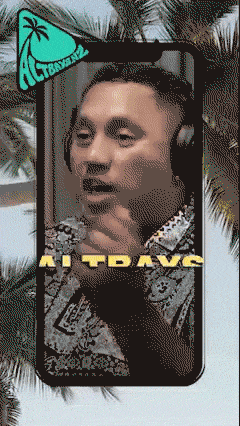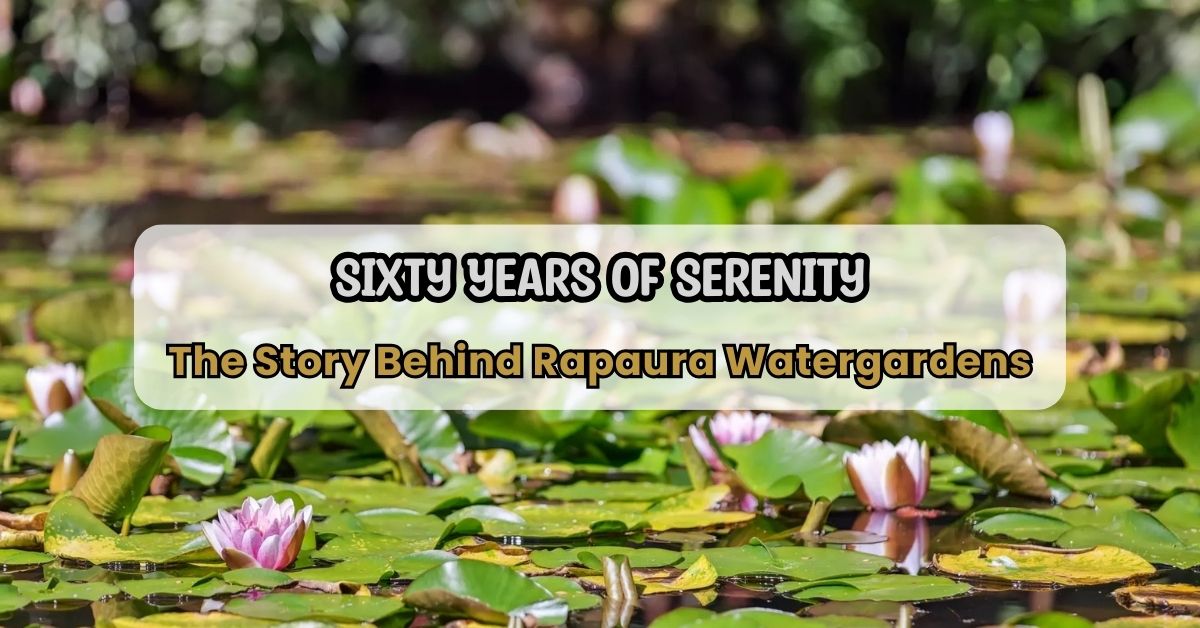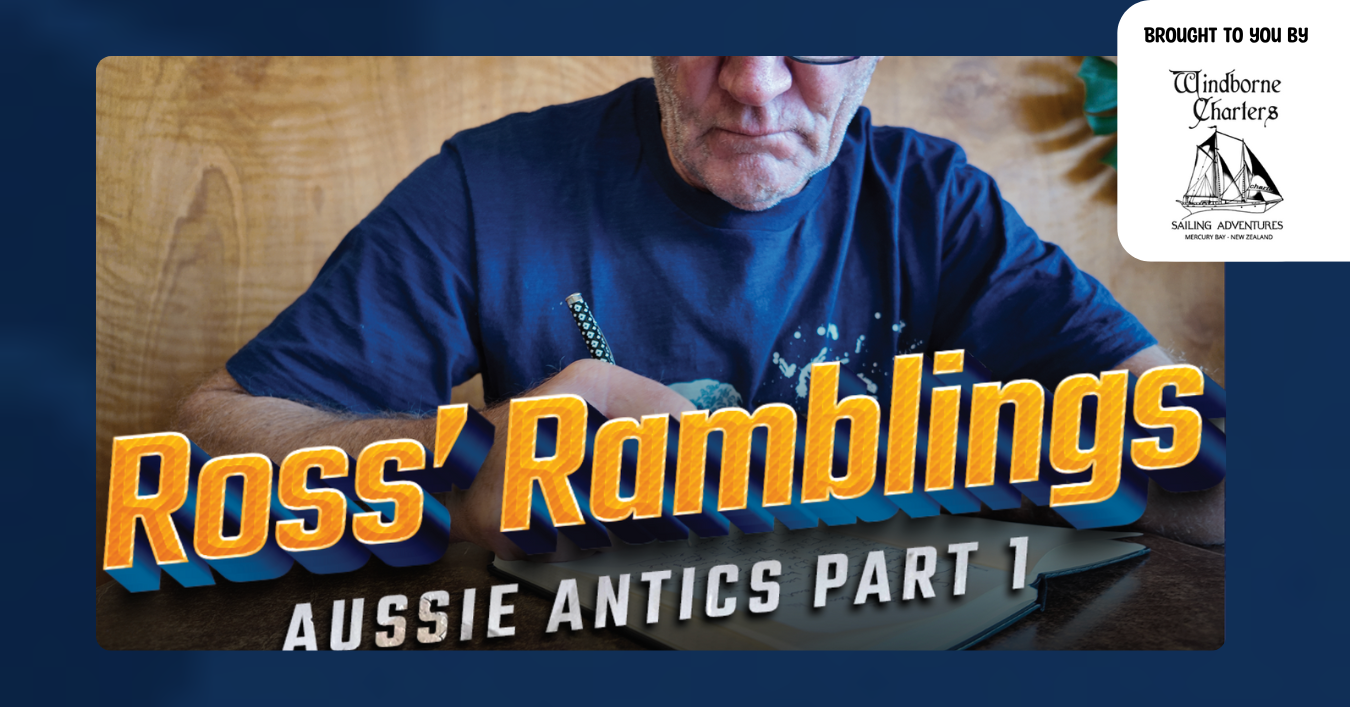Richard Green, a talented Māori artist, shares his journey of reconnecting with his cultural heritage through art and aims to challenge the stigma around struggling artists. Discover how his participation in the Tai o Hī Tai o Hā Wānanga Toi Series has empowered him and fellow creatives to express their art and generate livelihoods. Join the He Kākāriki Pōwhaitere exhibition to witness Green’s symbolic creations and explore the profound connection between Māori art and the environment.
Richard Green, a 29-year-old Māori artist of Ngāti Porou and Te Rarawa descent, embarked on a transformative journey after rediscovering his cultural roots through art. In his own words, Green explains, “Whakairo (carving) kept jumping out. It was like ‘hey, come back’.” Although carving is Green’s primary medium, he describes himself as a multi-disciplinary artist. His creative path has led him back to his Northland roots, where he enrolled in the ‘Tai o Hī Tai o Hā Wānanga Toi Series’. Green recalls, “That was my little push to get me back into toi Māori (Māori art).”
Green is passionate about challenging the stigma surrounding struggling artists and believes that artists can create their own paths to financial independence. He shares his vision, saying, “I don’t want that to be a reality for myself or any other rangatahi (youth). It’s becoming more and more common for artists to live and provide for themselves.”
Green’s creative journey found its platform through the six-month Tai o Hī Tai o Hā program, run by Toi Ngāpuhi, a Te Tai Tokerau iwi arts agency. Reflecting on the program, he highlights, “It shows you how to express your art in a consumable way.” Green is one of the talented creatives from this year’s intake, and although he just made the age limit, he appreciates the opportunity it provides for artists to launch their careers.
Green’s artistic contributions can be experienced at the He Kākāriki Pōwhaitere exhibition held at the Te Kōngahu Museum of Waitangi. He showcases a series of ‘karanga manu’ (traditional bird whistles) made from pounamu, purpleheart wood, and metal. He explains the significance of his work, stating, “My piece represents the calls of the past, present, and future.” The exhibition aims to express the intrinsic connection between Māori art and the environment, with artists symbolically conveying their bond with nature.
After exploring street art, tattooing, and graffiti overseas, Green felt a disconnection and a yearning to return to his Māori roots. Sharing his sentiments, he says, “I felt disconnected. I didn’t feel like my normal self.” Through traditional art, he has found a way to reconnect with his culture and tell his story. He emphasizes, “It’s time to learn the whakapapa of our (Māori) designs and how I can use them to tell my story.”
The He Kākāriki Powhaitere exhibition at Te Kōngahu Gallery, Waitangi Museum, is open until August 16.






